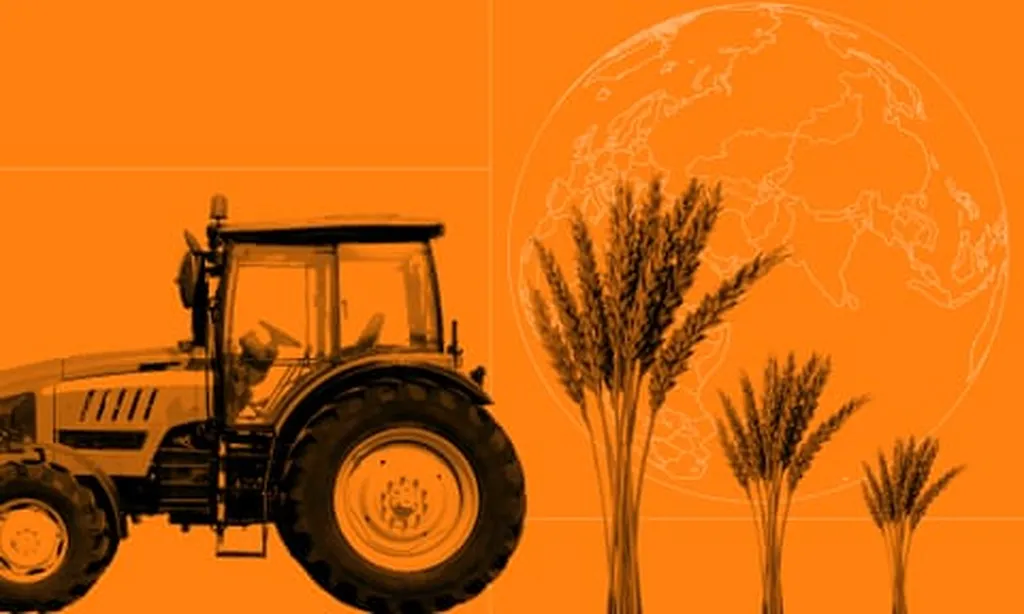In the ever-evolving landscape of agriculture, digital technologies are emerging as powerful tools to enhance wheat production, a staple food that feeds billions worldwide. A recent review published in ‘Agronomy’ sheds light on the global distribution of digital agriculture technologies in wheat production, highlighting both the opportunities and challenges that lie ahead. The study, led by Nenad Magazin from the Faculty of Agriculture at the University of Novi Sad, Serbia, offers a comprehensive analysis of how these technologies can optimize yield and quality while addressing food security concerns.
The review, which examined 113 peer-reviewed papers from 2015 to 2025, reveals a significant regional disparity in the adoption of digital agriculture technologies. Asia leads the way with 37.4% of the research papers, followed by Europe (17.4%) and North America (15.7%). This uneven distribution underscores the need for greater investment and support in less developed countries to ensure a more balanced approach to food security.
One of the key findings of the study is the prominent role of remote sensing technologies in wheat management. Satellites and Unmanned Aerial Vehicles (UAVs) are listed as platforms in 40.2% and 33.0% of the studies, respectively. These technologies enable farmers to monitor crop health, optimize input use, and make data-driven decisions that can significantly improve yield and quality.
“Digital agriculture technologies have the potential to revolutionize wheat production by providing site-specific, real-time data that can optimize resource use and enhance productivity,” said Nenad Magazin, the lead author of the study. “However, the uneven global distribution of these technologies highlights the need for targeted investments and policies to support farmers in less developed regions.”
The commercial impacts of these findings are substantial. For large-scale farmers, the integration of digital technologies can lead to increased efficiency, reduced costs, and higher yields. Small and medium farmers, who often face greater challenges in adopting new technologies, can also benefit from targeted support and policies that promote the use of digital tools.
Looking ahead, the study proposes several future directions for the field. These include the development of more affordable and accessible digital tools, the integration of artificial intelligence and machine learning for predictive analytics, and the establishment of robust policies that support the adoption of these technologies.
“Ensuring the security of wheat production is crucial for global food security,” Magazin added. “By embracing digital agriculture technologies, we can create a more sustainable and resilient food system that benefits farmers and consumers alike.”
As the agriculture sector continues to evolve, the insights from this review offer a roadmap for the future. By addressing the challenges and seizing the opportunities presented by digital technologies, the sector can take a significant step towards a more secure and sustainable future.

